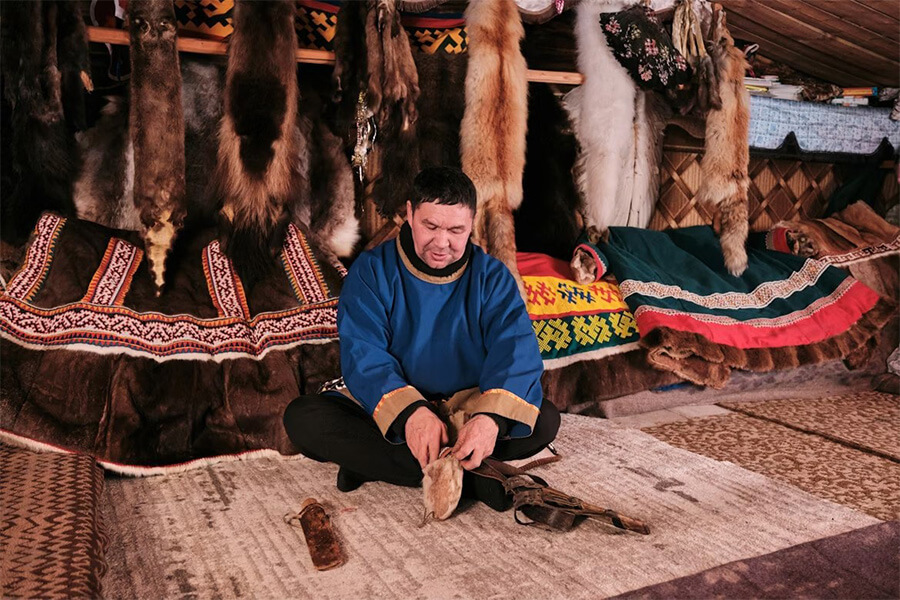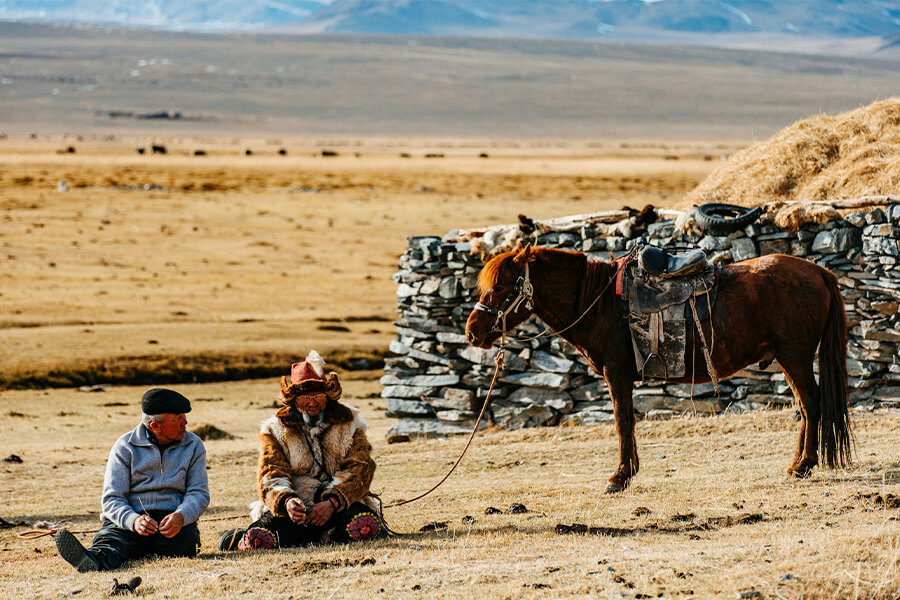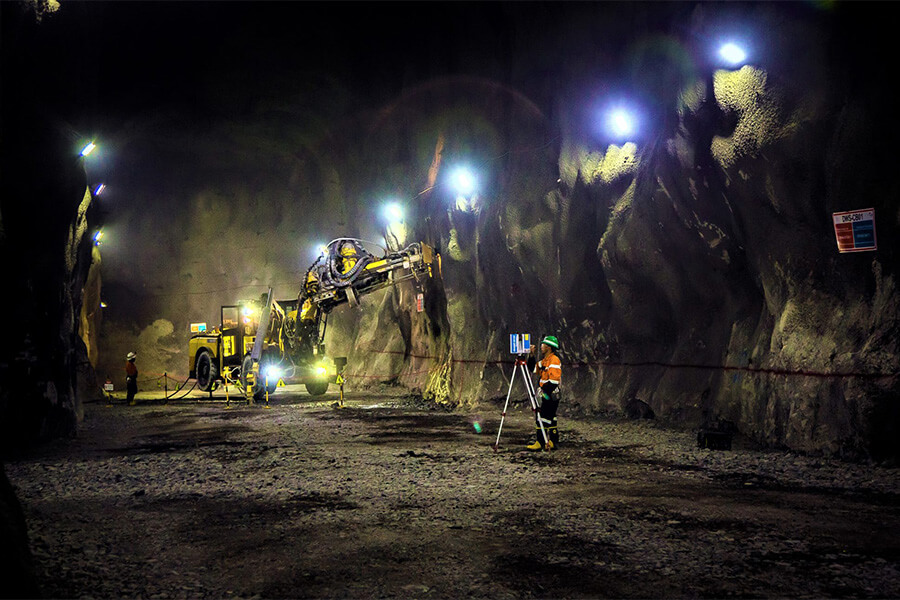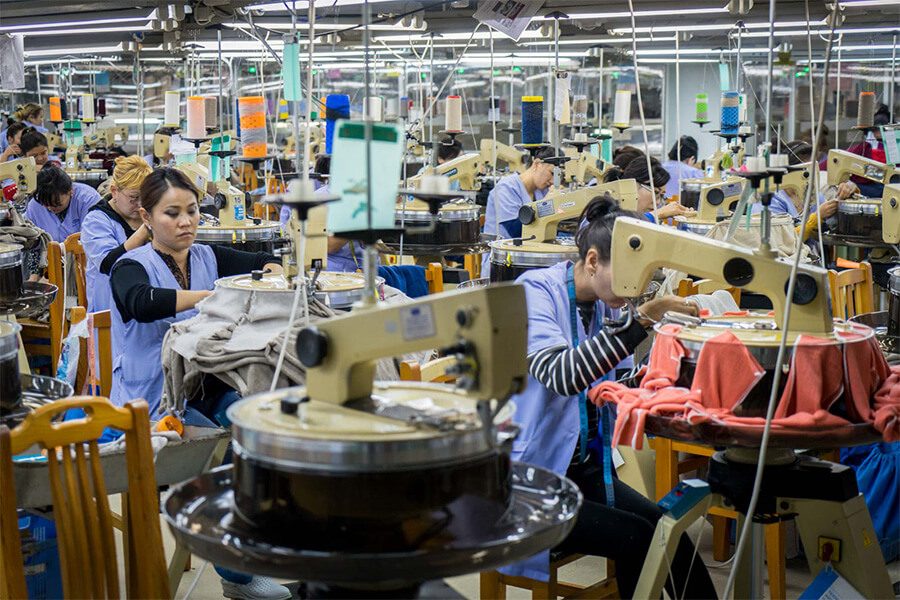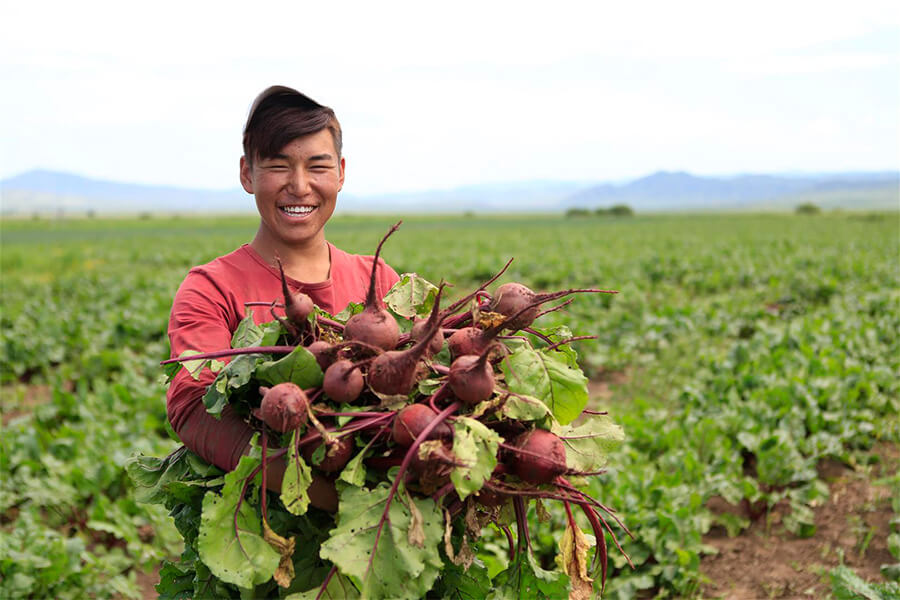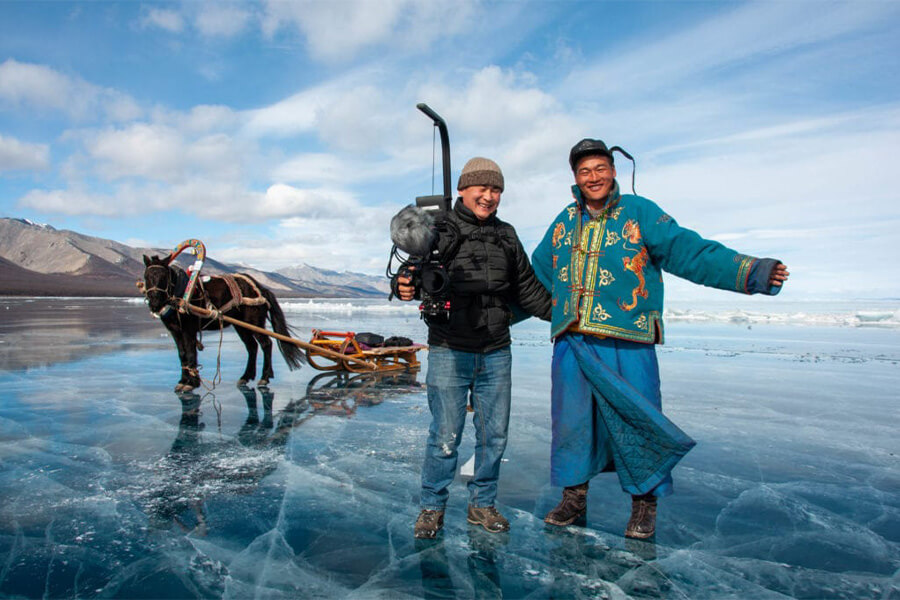The Mongolia economy is a fascinating blend of rapid modernization and deep-rooted traditions, shaped by vast natural resources, a strategic geographic position between China and Russia, and a resilient nomadic culture. As one of the fastest-growing frontier economies in Asia, Mongolia continues to draw attention from global investors for its mineral wealth, renewable energy potential, and emerging service sectors. The nation’s economic development also enhances its tourism appeal, making it an increasingly attractive destination for travelers exploring unique Mongolia vacation packages that combine natural beauty with cultural authenticity. Despite challenges such as dependency on mining exports and climate vulnerability, Mongolia’s economy has shown impressive adaptability and resilience.
Mongolia Economy Facts
Mongolia is a landlocked country with a population of just over 3.4 million people, yet it boasts one of the world’s largest mineral reserves. According to the World Bank and Asian Development Bank, Mongolia GDP stood around USD 18–20 billion in recent years, driven primarily by copper, coal, and gold exports. Economic growth in Mongolia has fluctuated due to commodity price swings, global market conditions, and regional demand, particularly from China, which accounts for more than 90% of Mongolia’s exports.
During the early 2010s, the country experienced double-digit growth rates thanks to major mining projects such as Oyu Tolgoi, one of the world’s largest copper and gold mines. However, growth later slowed due to external shocks and the COVID-19 pandemic. Today, economic growth Mongolia remains strong, supported by renewed mining investments, diversification efforts, and rising tourism. The government continues to prioritize fiscal stability, sustainable resource management, and improved infrastructure to ensure balanced and inclusive growth.
The Mongolia economic system operates as a mixed economy that combines elements of market-driven policies with state intervention. Since transitioning from a centrally planned system in the early 1990s, Mongolia has embraced free-market principles, open trade, and foreign investment. The government maintains an active role in key sectors such as mining and energy, while private enterprises flourish in manufacturing, retail, and services. This blend allows Mongolia to maintain stability while promoting innovation and international collaboration.
Types of Industries in Mongolia
The backbone of the Mongolia economy lies in its diverse industries, with mining as the primary driver, complemented by agriculture, manufacturing, and an expanding service sector. Each plays a critical role in shaping the country’s GDP, employment opportunities, and export profile.
Mining
Mining is the powerhouse of Mongolia’s economic landscape. The country is richly endowed with natural resources, including copper, coal, gold, uranium, and rare earth elements. The Oyu Tolgoi mine, jointly developed by the Mongolian government and Rio Tinto, symbolizes the country’s ambition to leverage its resources responsibly. Mining contributes over 25% of Mongolia GDP and accounts for about 90% of export earnings.
However, dependence on mining also poses challenges. The Mongolia economy is vulnerable to fluctuations in global commodity prices and shifts in demand from China. To mitigate this, the government has emphasized diversification, sustainable mining practices, and infrastructure investments such as the Trans-Mongolian Railway and new trade corridors connecting to Russia and China. Environmental sustainability is also gaining importance, with stricter regulations on water use and land rehabilitation in mining zones.
Manufacture
The manufacturing sector, though still developing, plays a growing role in the Mongolia economic system. Historically focused on processing raw materials such as cashmere, leather, and meat, Mongolia is now seeing gradual industrial diversification. Cashmere manufacturing, in particular, is a key strength - Mongolia produces nearly 40% of the world’s raw cashmere, second only to China. Government initiatives encourage local processing to boost value-added exports and reduce reliance on raw material sales.
Efforts to improve industrial capacity include investment in renewable energy technologies, construction materials, and light manufacturing. These developments aim to balance the mining sector’s dominance and promote more sustainable economic growth Mongolia through job creation and technology transfer.
Agriculture
Agriculture remains central to Mongolian life and culture. With over 60 million livestock - including sheep, goats, cattle, camels, and horses - the sector contributes significantly to employment and rural livelihoods. Traditional nomadic herding, adapted to Mongolia’s vast steppes, defines the rural economy and supports exports like cashmere, wool, and dairy products.
Although agriculture contributes a smaller portion to Mongolia GDP compared to mining, it plays a crucial social and cultural role. The government and international partners are supporting modernization through improved veterinary services, sustainable grazing programs, and climate resilience initiatives. As climate change intensifies droughts and harsh winters (dzuds), diversifying rural incomes and improving infrastructure have become national priorities to safeguard the stability of the Mongolia economy.
Services
The services sector is one of the fastest-growing segments of the Mongolia economy. Ulaanbaatar, the capital, has evolved into a bustling urban hub with expanding finance, technology, logistics, and tourism industries. Tourism, in particular, is increasingly important as travelers from the US, Canada, Europe, and Australia seek authentic cultural and adventure experiences in Mongolia’s pristine landscapes.
Financial services and digitalization are also reshaping the economic landscape. Mobile banking, fintech innovations, and e-commerce platforms have improved accessibility and efficiency, especially for remote communities. The government has encouraged foreign participation in technology and infrastructure projects, recognizing that a strong service sector is essential for sustainable economic growth Mongolia.
Education, healthcare, and hospitality also contribute significantly to employment and human capital development. As the middle class expands and urbanization accelerates, consumer demand continues to rise, creating new opportunities for both domestic and international businesses.
Future Outlook of Mongolia’s Economy
The future of the Mongolia economy looks promising, though not without challenges. The country’s growth potential hinges on three key pillars: responsible resource management, economic diversification, and sustainable development. By investing in renewable energy - particularly wind and solar - Mongolia aims to become a regional leader in clean energy exports. Furthermore, integration into regional trade frameworks such as the Belt and Road Initiative could improve market access and attract long-term investments.
The government’s Vision 2050 plan outlines an ambitious roadmap for transforming the Mongolia economic system into a diversified, high-income economy through innovation, infrastructure, and education. This includes goals to strengthen non-mining sectors, enhance rural development, and improve governance transparency. With careful policy planning, Mongolia can reduce dependency on raw materials and achieve balanced economic growth Mongolia across all regions.
For investors and travelers alike, understanding the Mongolia economy means appreciating a country in transition - one that blends ancient heritage with modern ambition. As Mongolia continues to build partnerships with global markets, it stands as a testament to resilience, adaptability, and opportunity in the heart of Asia.

